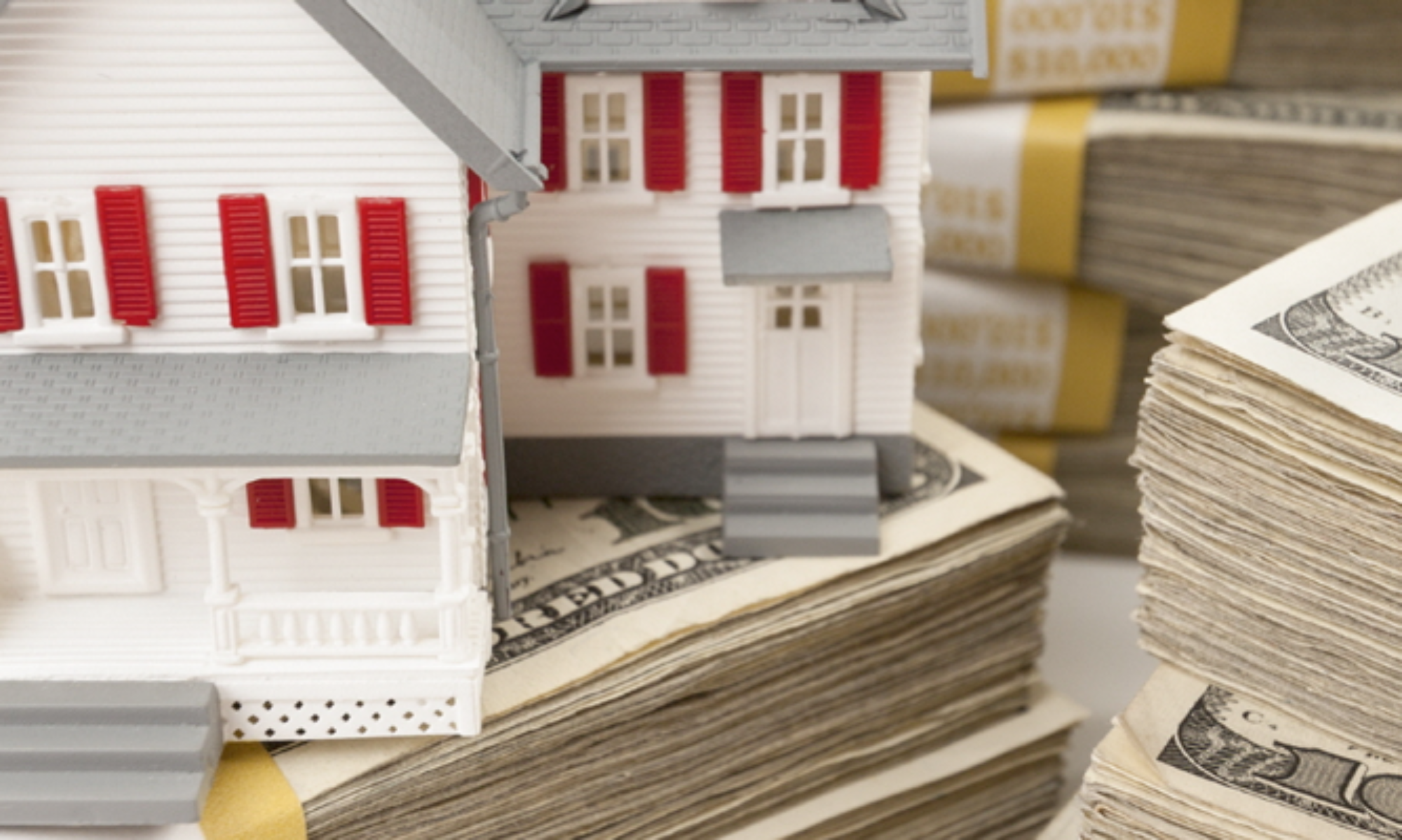Are you a wanna-be real estate investor? Many people do indeed dream of owning under market value rental properties and someday earning positive real estate cash flow from them.
However, before you consider buying under market value investment properties, you really should think about what you are getting into. Being a part time landlord is usually a lot more hassle than many realize.
I am a full time real estate investor in San Antonio investment properties. At one time, I owned more than 100 San Antonio rental properties. I have deal with rental property problems many times and I have since stopped renting out properties and now I make real estate cash flow in another way without maintenance…..
But I am getting ahead of myself! Here are the common issues I’ve seen with rental investment properties:
- Repair costs: If you are going to rent out your California investment property or Texas investment property (or wherever it is), you will most likely need to spend a good deal of money to make it ready to rent. Any damage to the roof, plumbing, foundation or electrical systems could cost a lot to repair.
This can especially trip up the part time landlord who has a full time job and has bought rental properties for real estate cash flow. Odds are you are not an expert in rehabs and you could easily overspend on fixing up the house.
Depending on which state you are buying your investment properties, you could have landlord and tenant laws that mandate that you add safety features to the house, such as handrails, peephole in the front door, adding a firewall, and a lot more.
- Getting repairs done: As a rental property investor, you are going to have repairs that have to be done fast. Back when I was a landlord 10 years ago, I had water heaters go bad. Sometimes the house got flooded and I had to spend a couple thousand dollars to clean it up. Of course, the after hours plumber can cost you $100 per hour or more.
- Collecting your rent: If you are lucky, you will have good tenants who always pay on time. But oftentimes, you have tenants who are late. This is an especially big problem if you buy your rental properties with mortgages. I never buy my under market value properties with mortgages, only cash.
- Dealing with pain in the neck tenants: Eventually you are going to have to deal with tenants who damage your house or cause problems with other tenants. I once had a tenant who almost burned the house down. Of course, you will also have to deal with evictions at times, which can be problematic depending upon your state. In some states, the tenant can stay in the house 60 days or more without paying rent!
- Keeping the property safe: If you rent out properties, you could be at risk of being sued if someone is injured on your property. You must keep the home maintained so that there are not potential accidents.
The bottom line on rental properties for me is to not invest in rental properties. There is simply too much hassle involved in them to make it worth my time. Been there, done that!
How I Invest in Below Market Value Properties Without Repairs
The way that I invest in San Antonio investment properties today is to buy my under market value property in cash, do $10,000 or so in rehab, and then seller finance it. This type of investing has four big advantages:
- I have no mortgage. Yay!
- My occupant is buying the house on terms from me. That means they maintain the property and do all of the repairs. Double yay! If they choose to not repair it, that isn’t my problem. I merely hold the note on the house.
- I enjoy pure real estate cash flow in my under market value San Antonio properties. No expenses! Is this cool or what?
- Because I buy investment property in Texas, foreclosing is very easy. I get the house back in 60 days and resell it again. I have resold the same house three times before: $5000 down, $800 per month.
Of course, this type of real estate investing takes CASH. But if you have an IRA or a 401k, you can often invest in these under market value houses.
Below is a great example of the type of investing my out of state investment property investors and I do.
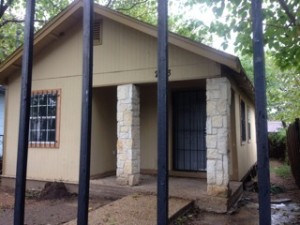
The house above in on West Poplar Ave. in 78207 in San Antonio. It is a newly completed San Antonio investment property that was bought the the California investor for $44,000 in October 2015.
We conducted $10,000 of rehab on the property and put it on the market in December 2015. Total cost to investor was $54,000. It was resold in late January 2016 with the following terms:
- $83,000 sales price
- $5000 down
- $627.61 per month ($800 per month PITI)
- 9% interest
- 30 year note
Total return for out of state property investor is 14% ROI. If you are interested in out of state investment property that earns 10-15% ROI with no maintenance, please contact us.
Below are more rehab pictures:
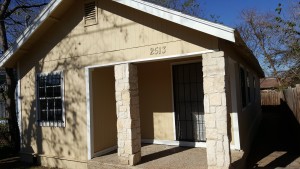
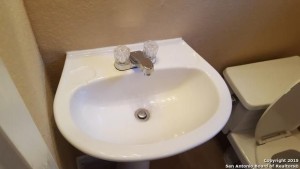
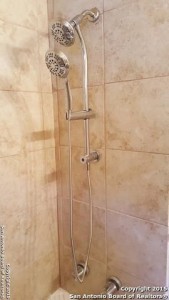
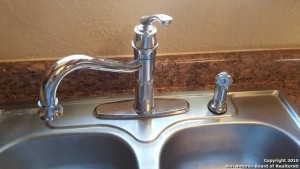
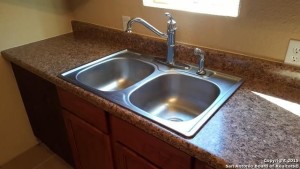
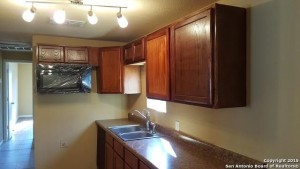
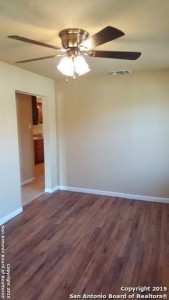
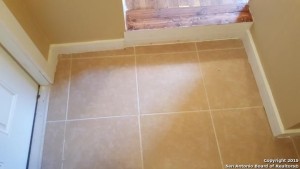
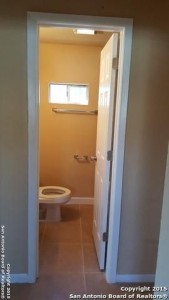
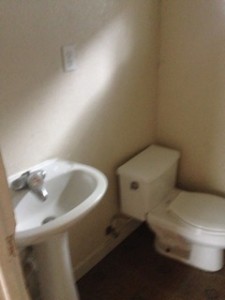
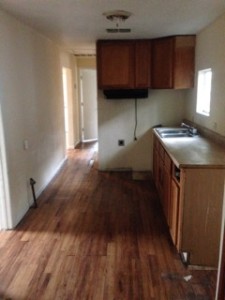
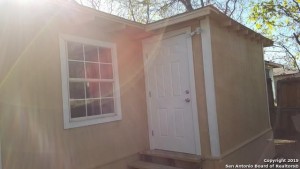
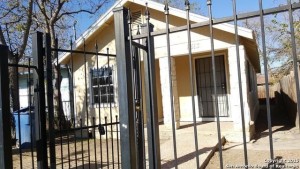
Based upon this 14% ROI return, I think you can understand why many of my investors from out of state USED to buy San Francisco investment property, San Diego investment property, Seattle investment property, and Los Angeles investment property. Now they mostly buy San Antonio investment property.
